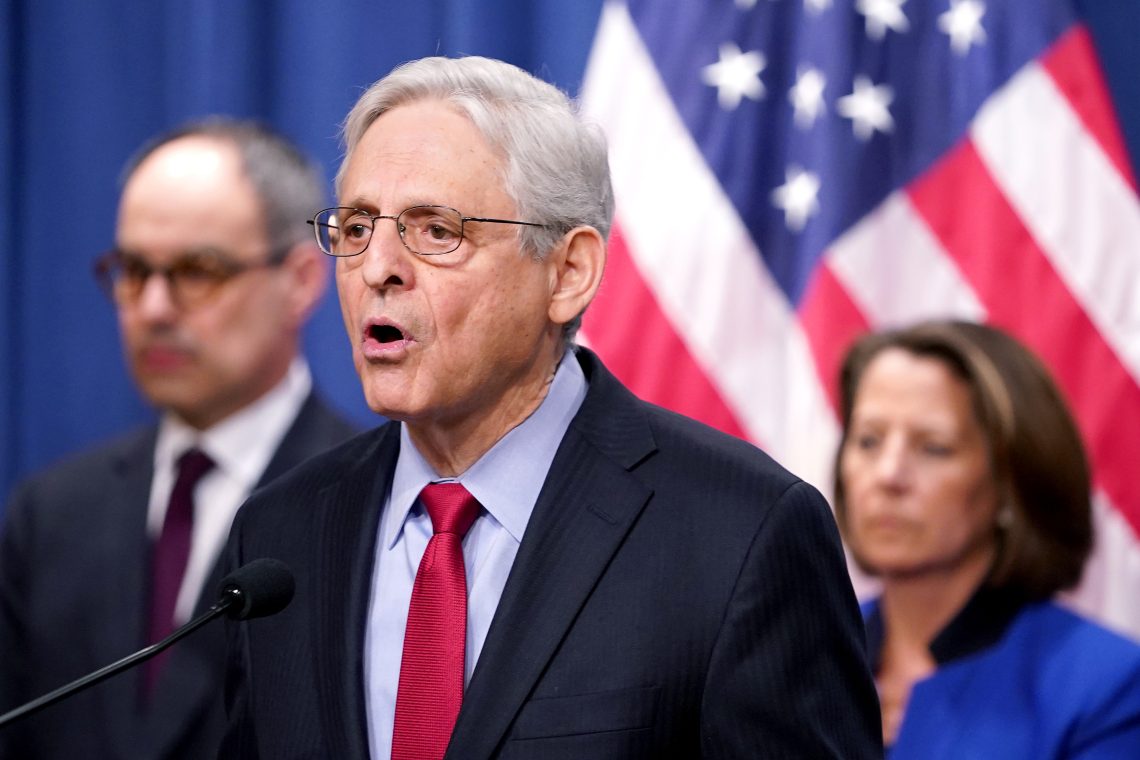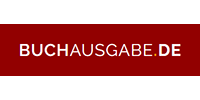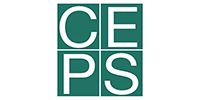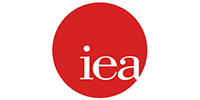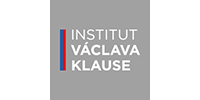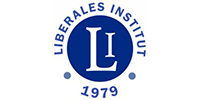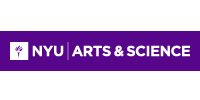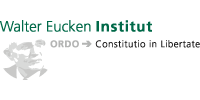Strategy, Independence, and Governance of State-owned Enterprises in Asia
State-owned enterprises (SOEs)—are important, especially in an Asian context. According to Fortune Magazine’s (2018) 500 list, three out of the world’s top-10 largest companies by revenues were Chinese SOEs: State Grid (rank 2), Sinopec (rank 3), and China National Petroleum (rank 4). Depending on the degree of direct and indirect government support, the next five ranks contain at least a group of near-state enterprises—near-state meaning compa- nies in which the state either is a minor shareholder or has an institutionalized stake: Royal Dutch Shell, Toyota Motor, Volkswagen, BP, and Exxon Mobil. This only leaves two of the world’s ten largest companies neither belonging to nor being backed by the state, Walmart (rank 1) and Berkshire Hathaway (rank 10).
Adopting an even more restrictive understanding, SOEs—companies of which the state is the majority shareholder—account for around 25% of the Fortune 500 entries by number of companies. Around 15% of them are in the People’s Republic of China (PRC), 5% are in other Asian countries, and 5% are in the rest of the world. Following the same criterion, in the list for the year 2005, SOEs constituted only about 6% of the total.
SOEs not only seem to be important as an economic phenomenon; they also seem to be especially relevant to economies in Asia. Some SOEs are not only economi- cally important but also play other, non-economic roles, like attracting, fomenting, and diffusing knowledge and education or securing the political interest of the state.
In recent years, successful SOEs have served as symbols of the (re-)emergence of many Asian economies. On the other hand, there are concerns about SOEs’ governance structures. The Organisation for Economic Co-operation and Development (OECD) published its Guidelines on Corporate Governance of State-Owned Enterprises as early as 2005, most recently updating them in 2015 (OECD 2015). In a 2016 report, the same organization cautioned governments to strengthen their governance standards in SOEs (OECD 2016a). In 2017, the OECD again reminded governments that SOEs could lead to remarkable distortions and to unfair competition (OECD 2017). In 2018, the OECD compared different practices on the governance of SOEs around the globe. It insisted on the need to strengthen monitoring and reporting mechanisms (OECD 2018a). In another report, it identified the independence of boards as success factors in the performance of SOEs (OECD 2018b), and, in yet another, it highlighted risk management as elemental (OECD 2016b).
However, not only international organizations but also state agencies are paying attention to the governance structure of SOEs. An example of national evaluation— in the “East” and the “West”—is the PRC’s State-owned Assets Supervision and Administration Commission (SASAC), which is advancing an agenda on the reform of SOEs to strengthen their governance, focusing especially on the independence of the institutions and their board members as well as on the economic desiderata that the SOEs must fulfill (SASAC 2018). India is considering restructuring and privat- ization (Khanna 2012; Mishra 2014).
On a regional level, the Asian Development Bank (ADB) has published many reports on SOE reform, the most recent being its thematic evaluation State-Owned Enterprise Engagement and Reform (ADB 2018), in which it states that “SOE reform is challenging, but critical” (xxii). This reform, according to the evaluation, should focus on government oversight and the political independence of SOEs, because they tend to improve the governance and performance of those entities (xxv).
This paper is interested in the governance of SOEs. With insights gained from institutional economics, it answers the following question: How can countries reform SOEs to strengthen their governance? Here, this paper claims that, although the guidelines and lessons learned that the above-mentioned authors have identified are necessary for SOE reform, they are not sufficient.
This paper asserts that, in a setting based on new public management (NPM), the ownership strategy and independence are building blocks for the good governance, and for the reform, of SOEs. As important as this answer is, it comes with a limitation of scope. Why does the state set up a company under its control or of which it is the main shareholder? The answer is either to secure strategic sectors or operations or to produce goods in a productive, innovative, and customer-oriented way. While the first part of the last sentence follows a political paradigm, the second follows an institutional paradigm, in this case NPM. In answering the question about how to govern SOEs, this paper limits its scope to the latter, deliberately leaving questions about politics and political economy aside. In reality, however, the two paradigms come together. The last section of the main body of this text briefly addresses this limitation of scope. Other papers deal in more detail with the interaction of politics and institutions regarding SOEs.
The remainder of this text proceeds as follows. After defining state-owned enterprises and new public management, the paper develops a framework for ownership strategy and independence. An examination of how the three factors— new public management, strategy, and independence—enhance the governance of SOEs leads to its conclusion (reviewing its limitations) and to policy recommendations …
Continue reading ->
Strategy, Independence, and Governance of State-Owned Enterprises in Asia
*Henrique Schneider is a professor of economics at the Nordkademie University of Applied Sciences in Elmshorn, Germany and chief economist of the Swiss Federation of Small and Medium Sized Enterprises in Bern, Switzerland.
Henrique Schneider’s essay “Strategy, Independence, and Governance of State-Owned Enterprises in Asia” is the first of 16 contributions from various Economists in the book “Reforming State-Owned Enterprises in Asia – Challenges and Solutions”, published by ADBI, in the “ADB Institute Series on Development Economics”.
This book analyzes state-owned enterprises (SOEs), which are still significant players in many Asian economies. They provide essential public services, build and operate key infrastructure, and are often reservoirs of public employment. Their characteristics and inherent competitive advantages as publicly owned enterprises allow them to play these critical roles. Their weaknesses in governance and inefficiencies in incentive structures, however, also often lead to poor performance.



